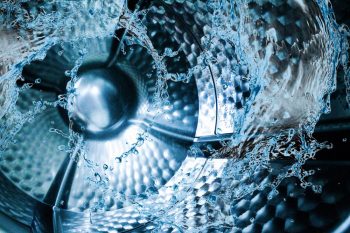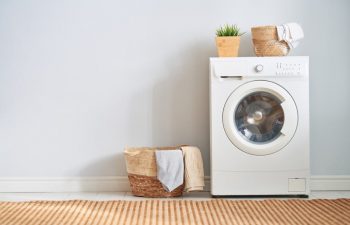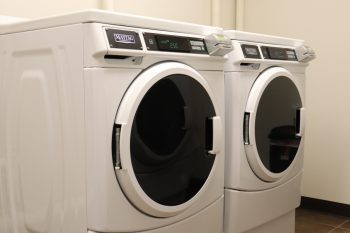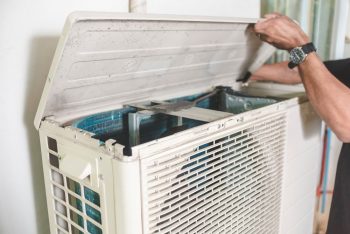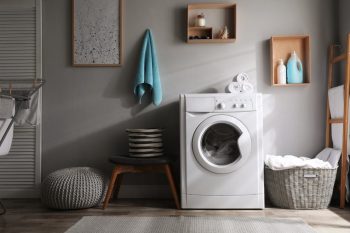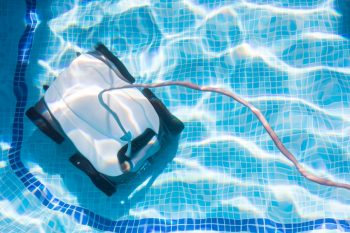
Draining your Delonghi portable air conditioner is an essential part of maintaining its efficiency and extending its lifespan. This comprehensive guide will walk you through the process step-by-step, provide troubleshooting tips, and answer common questions about the draining process.
To drain a DeLonghi portable air conditioner, first turn off and unplug the unit. Locate the drainage hose, typically at the back of the unit, and remove its cap. Place a container under the hose to collect the water, then let the unit drain completely. Once done, replace the cap on the drain hose. Remember to follow safety precautions and troubleshoot any potential issues promptly.
Why Draining Your Portable Air Conditioner is Crucial
DeLonghi portable air conditioners are designed to be user-friendly and efficient. However, like all air conditioners, they accumulate condensation, which needs to be drained regularly. Draining the unit not only prevents water damage to the appliance but also ensures optimal performance.
When Should You Drain Your DeLonghi Portable Air Conditioner
The frequency of draining your air conditioner can vary depending on the humidity levels and usage. In extreme humid conditions, the unit may require more frequent draining. It can range from as often as every 8 hours to once a week or more.
Step-by-Step Guide to Draining Your DeLonghi Portable Air Conditioner
Follow these steps to ensure a smooth and efficient draining process:
- Turn off and unplug the unit: Always ensure the unit is turned off and unplugged before starting the draining process to ensure safety.
- Locate the drainage hose: The drainage hose is typically located at the back of the unit, near the bottom or in the middle.
- Remove the cap of the drain hose: The cap can be easily removed by unscrewing or pulling it off, depending on the model.
- Prepare a suitable container: Place a container or pan under the drain hose to collect the water.
- Allow the unit to drain: Let the water drain completely into the container.
- Replace the cap: Once the unit is fully drained, replace the cap on the drain hose.
Troubleshooting Common Draining Issues
If you encounter any issues during the draining process, consider these troubleshooting tips:
- Incorrect drain plug insertion: Ensure the drain plug is inserted correctly to avoid air escaping, which can prevent the unit from cooling properly.
- Drain hose issues: If the drain hose is kinked or blocked, clear it to ensure proper drainage.
- Water leakage: If your unit is leaking water, check the drain valve or drain line for any blockages.
- Unit shutting off or not cooling: If your unit shuts off automatically or fails to cool your space, it may be due to a full drain pan or clogged drain line. Ensure to drain the unit as needed to avoid such issues.
Safety Precautions During the Draining Process
Safety should always be your priority when draining your DeLonghi portable air conditioner. Here are some safety precautions to take:
- Turn off the unit: Always turn off and unplug the air conditioner before starting the draining process.
- Use a stable surface: Ensure the air conditioner is placed on a flat, stable surface to prevent it from tipping over during the draining process.
- Maintain a safe distance: Keep the air conditioner at least 20 inches (52 cm) away from flammable substances (alcohol, etc.) or pressurized containers (e.g., aerosol cans) .
- Handle with care: Use caution when handling the drainage hose and draining water to avoid any potential hazards.
In conclusion, draining your DeLonghi portable air conditioner is a simple process that can significantly enhance its performance and lifespan. By following the steps outlined in this guide, you can ensure a smooth and efficient draining process. Don’t forget to follow the safety precautions and troubleshoot any potential issues promptly to keep your unit running at its best.
Frequently Asked Questions
How often should I drain my DeLonghi portable air conditioner in a dry climate?
In dry climates, the need to drain your DeLonghi portable air conditioner is significantly less. You might need to drain it only once a season or even less frequently. However, it’s always a good practice to regularly check the level of accumulated water.
Can I use a drain hose to directly drain the water into a sink or drain?
Yes, you can. Some DeLonghi portable air conditioner models come with a continuous drain feature. You can attach a drain hose (not included) to the drain port and direct the water to a drain, sink, or out a window. However, ensure the hose is free from kinks and blockages for efficient drainage.
What should I do if water leaks from the bottom of the unit?
If water leaks from the bottom of the unit, it could be due to a non-tightened drain plug or a full water tank. Ensure the drain plug is securely fastened and the water tank is not full. If the leakage persists, it’s best to contact DeLonghi customer service for further assistance.
Can I use my DeLonghi portable air conditioner in a room without a window?
While it’s possible to use a portable air conditioner in a room without a window, it’s not advised. The unit needs a place to vent hot air, typically through a window. If a window isn’t available, you’ll need to find an alternative way to vent the hot air outside, such as through a wall or door.
Can I leave my DeLonghi portable air conditioner running when I am not at home?
Yes, you can. DeLonghi portable air conditioners are designed with a programmable timer that allows you to set your unit to turn on/off at your desired times, ensuring a comfortable temperature when you return home. However, for safety reasons, it’s not recommended to leave the unit running for an extended period when you’re not at home.

